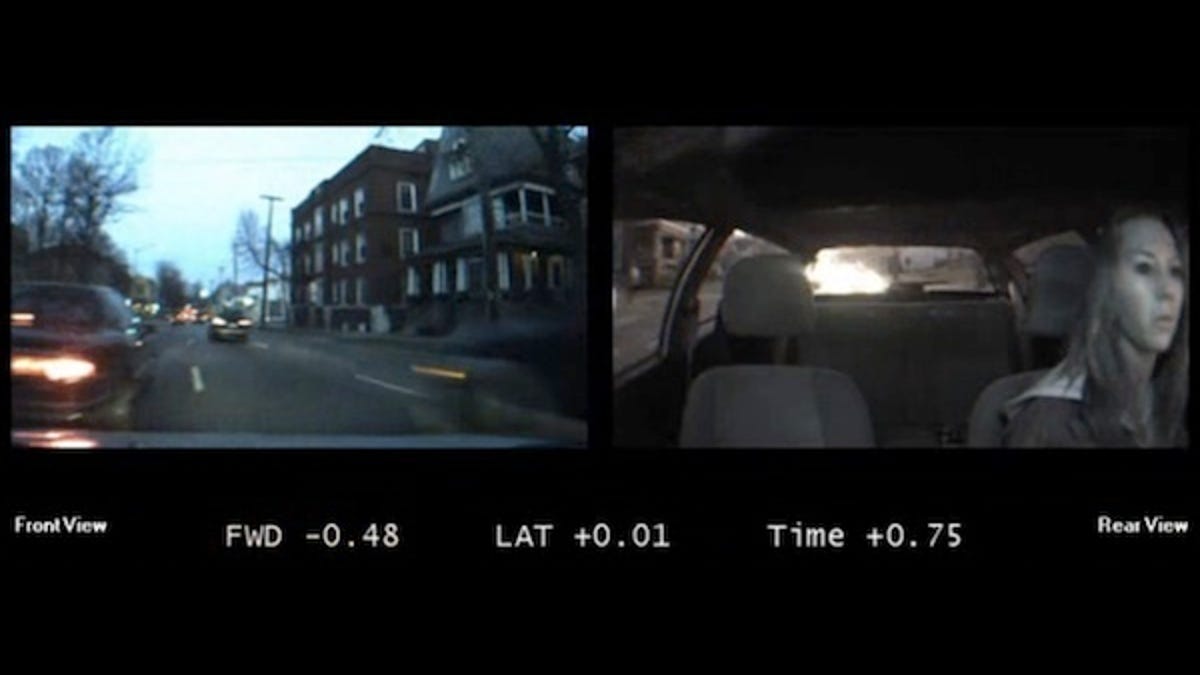Insurer places cameras inside cars to improve teen driving
Four years ago an insurance carrier resorted to in-vehicle nanny cams to reduce risky teen driving behavior, and hopefully save a few lives.

Handing a newly minted teen driver the keys to the family car is often a leap of faith that they'll return safe. Teens are four times more likely than adults to crash, and more than 3,000 fatalities each year makes motor vehicle accidents the leading cause of death among 15- to 19-year-olds. But one insurer found that mounting cameras inside the vehicle reduces risky driving behavior by 70 percent, which probably saved a few lives.
American Family, a Wisconsin-based insurance company, has offered the cameras and service since 2007 as part of its Teen Safe Driver Program. The program pays for the cameras, installation, and monthly service fee, and gives discounts on auto insurance to enrolled families.
The installed cameras record 20 seconds of video in and outside the vehicle. An aggressive driving event, such as a drastic swerve or slamming on the brakes, will trigger the cameras to save the recording and alert the parents, who can watch the video on system manufacturer DriveCam's Web site.
This compilation video shows example video clips, often catching teens in various states of distracted driving:
The notification process and video is handled by DriveCam, not the insurance carrier. Although it has happened, accident video isn't normally used to settle accident claims, according to a Kansas City Star article. But privacy is a trade-off that some parents are willing to take in the name of safety. In addition to encouraging kids to stay on the straight and narrow, video clips of naughty driving provides parents with physical evidence and examples they can use to teach skills, correct behavior, and improve driving.
Electronic oversight is something that the public will have to get used to--the National Highway Traffic and Safety Administration is requiring automakers to equip all new vehicles with electronic recording devices that record data before, during, and after a crash by 2013.
And going forward, it looks like technology will be used more frequently to fill in where the parents can't. The Tiwi is a vehicle-integrated tracking device mounted to the windshield that monitors location, posted speed signs, seat belt usage and speed, audibly coaching the driver to slow down if it detects the teen speeding. Ford added parental controls to keys that can limit the vehicle top speed to 80 mph and lower the maximum radio volume.
Source: Kansas City Star

